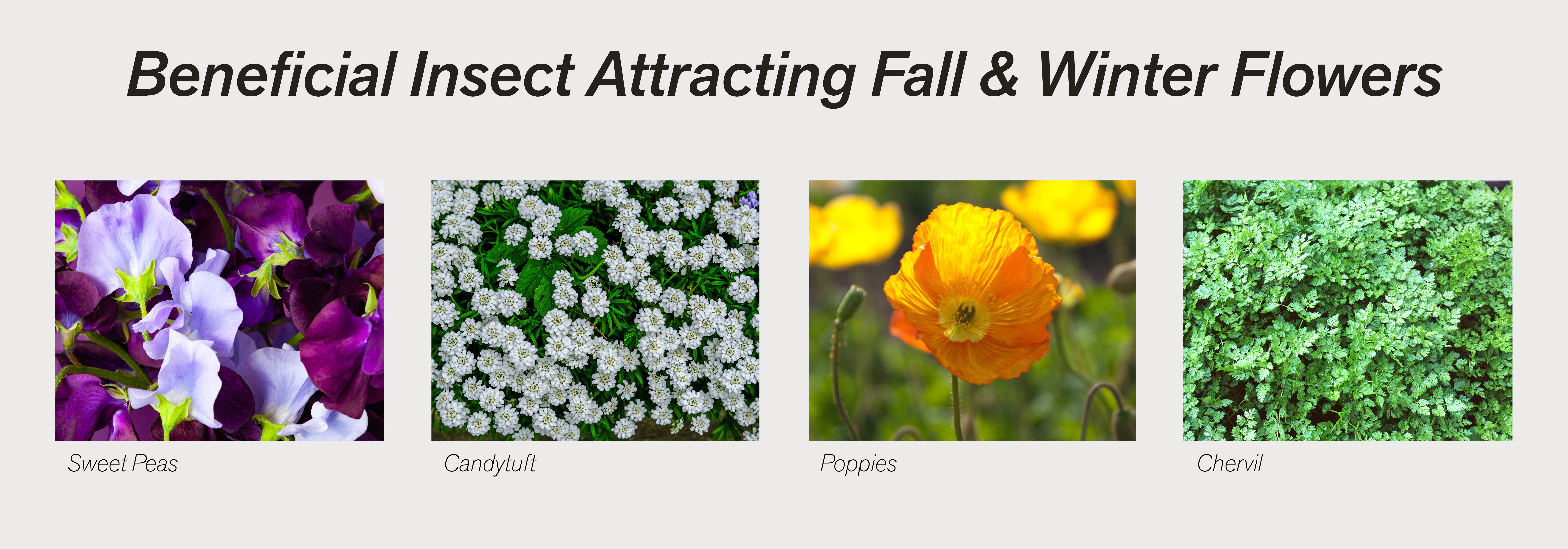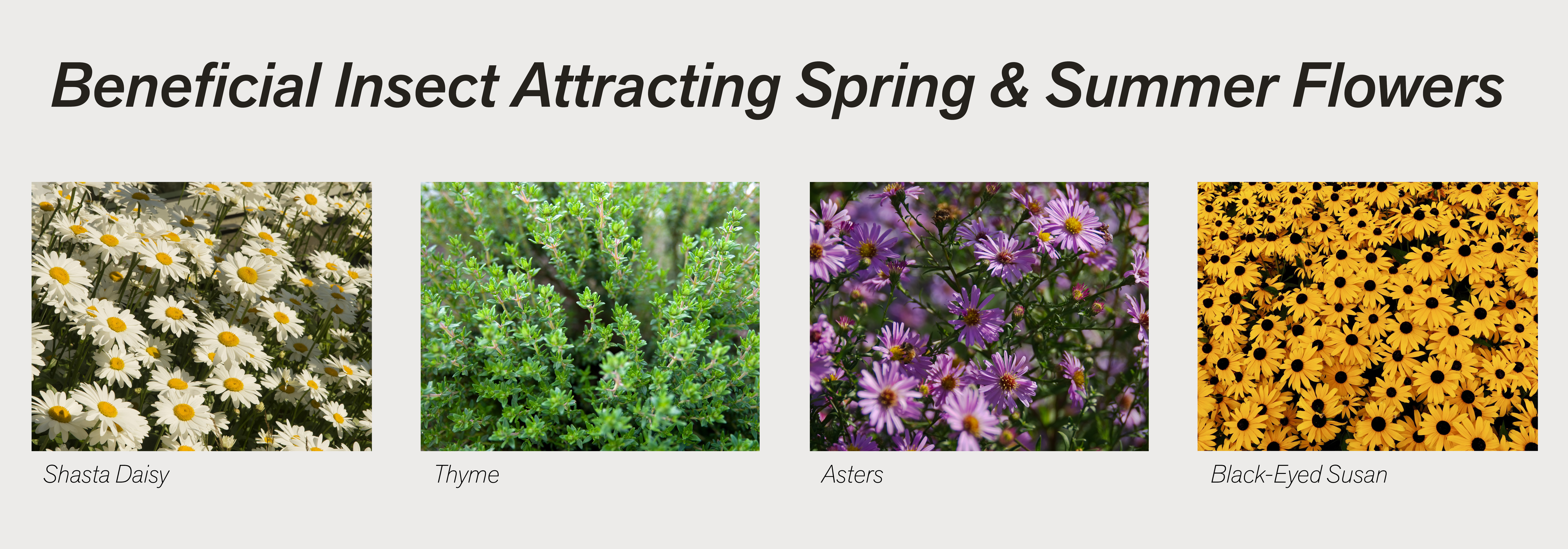
Know Your Friends in the Garden
The days are getting longer and warmer, signaling that spring will be here soon. This is when beneficial insects begin to emerge. Attracting predatory and parasitic beneficial insects to your garden helps reduce the population of pest insects by consuming them or using them to house and feed their offspring. Pollinators are also beneficial insects who spread pollen between flowers which is essential for fruit and seed production. We will discuss pollinators at length another time. For now, our focus is to help you reduce the populations of pest insects such as aphids, whiteflies, scale, mites, mealybugs, thrips, leafhoppers, psyllids, small caterpillars to name a few who damage your plants. The average backyard is home to thousands of insects. Only a small fraction of these are detrimental. Beneficial insects are the defenders of the garden and we must promote and protect them.
One of the first beneficial insects to emerge is the soldier beetle. The adults are slim bodied, ½” long, varying in color from red to brown with black, brown or gray wings. They are important predators in the garden consuming aphids, caterpillars and other soft-bodied insects. Another beneficial insect that arrives with the onset of spring is the convergent lady beetle (ladybug, ladybird). The larvae resemble a mini alligator with horizontal stripes of orange and black. Both the larvae and adult stage of the lady beetle are voracious eaters. There are many types of ladybugs and other beneficial insects that look like the ladybug. The vedalia beetle, mealybug destroyer, twice stabbed lady beetle and spider mite destroyer are a few of them.
Not to be forgotten, are the insect parasites. These are parasitic wasps and flies. The larvae of these wasps and flies feed on other insects, or they live inside their host and exterminate them. The leafminer parasite, aphid parasite and the whitefly parasite are a few examples. Some of the best beneficial insects are spiders. Spiders feed on a wide array of insects. Additional beneficial insects are the minute pirate bug, assassin bug, green or brown lacewing, Praying mantis, snakefly, damsel bug, and the predaceous ground beetles.
As gardeners, it is our job to attract and promote populations of beneficial insects by planting plants that will provide them with food and habitat. One idea is to create a boundary of flowers; when the bad bugs enter the boundary, they will be gobbled up by the good guys. Scatter plants that attract beneficials in and around your garden as well, the more the merrier. Fall and winter flowering beneficial flowers are alyssum, calendula, candytuft, chervil, chamomile, poppies, snapdragon, stock and sweet peas. Beneficial insect attracting spring and summer flowers are angelica, asters, black-eyed Susan, catmint, coreopsis, cosmos, dill, goldenrod, marigold, sunflower, Shasta daisy, thyme, and yarrow.
Consider the impact of non-selective insecticides on your beneficial insect population before you spray the garden to kill something. Non-selective insecticides will kill or have negative effects on a wide variety of insects, good and bad. Know what you are spraying for. It might be a good, beneficial bug, not a bad bug. The safest insecticides to use are horticultural oils and soaps. Feel free to stop by the garden center for help identifying your insects in question.


By MAUREEN CLARK
Plant Buyer



